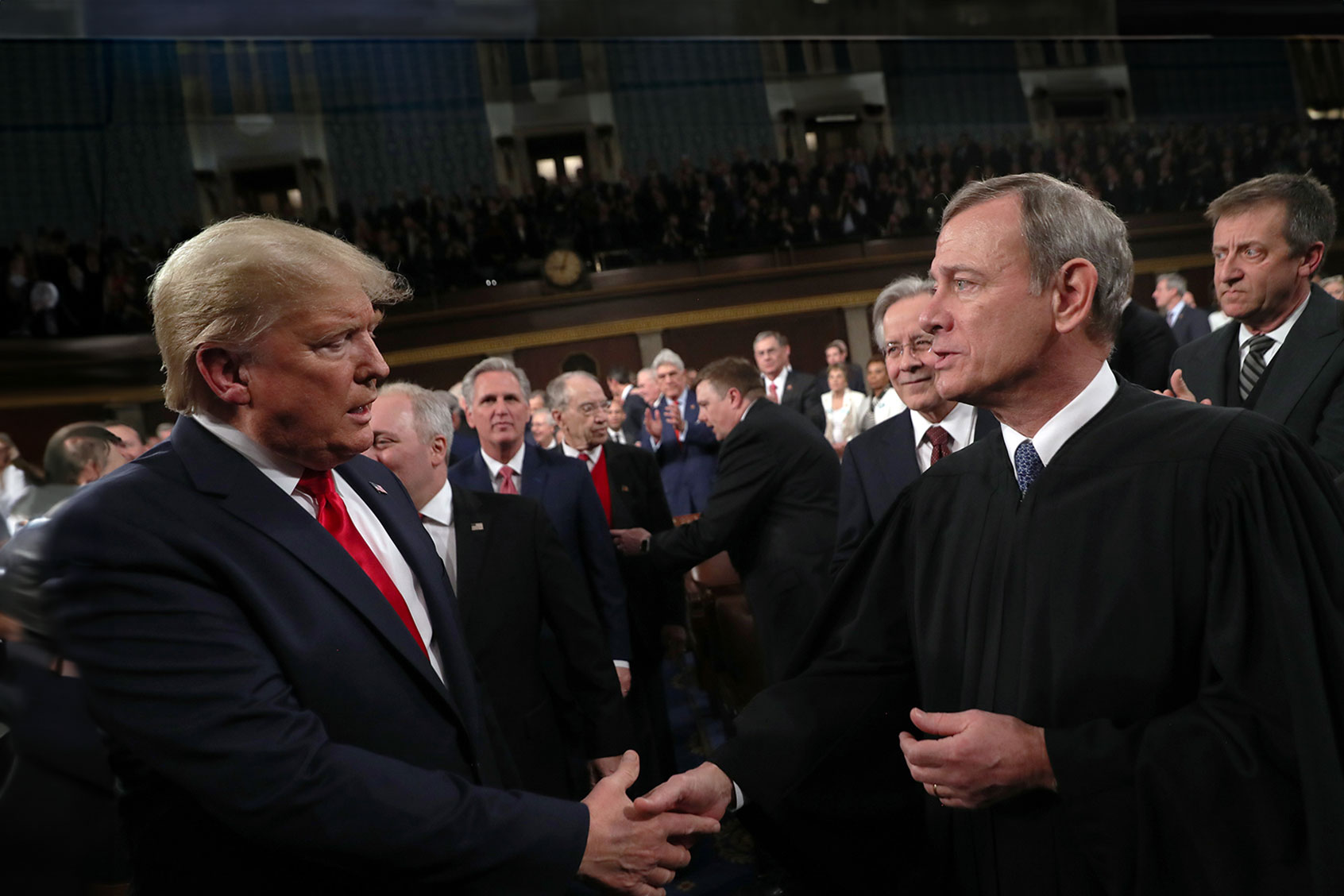The role of Chief Justice John Roberts in shaping the United States Supreme Court has come under intense scrutiny, particularly regarding his alignment with former President Donald Trump. In her recent book, “Without Precedent: How Chief Justice Roberts and His Accomplices Rewrote the Constitution and Dismantled Our Rights,” legal scholar Lisa Graves argues that Roberts has compromised the integrity of the judiciary in service of Trump’s agenda.
Graves asserts that Roberts’ actions have not only undermined the court’s credibility but have also contributed to a broader trend of authoritarianism in American politics. According to her, the Supreme Court, under Roberts, has strayed from its foundational principles, acting instead as a vehicle for advancing a right-wing agenda.
Roberts and the Erosion of Democratic Norms
During his confirmation hearings two decades ago, Roberts assured the American public that no one is above the law. Yet, as Graves points out, he has since facilitated decisions that grant Trump unprecedented powers. She contends that Roberts orchestrated rulings that effectively shield Trump from accountability, thereby betraying the promise made to uphold the rule of law.
Graves highlights a pivotal moment when the Supreme Court had the opportunity to uphold a lower court ruling asserting that Trump could not claim presidential immunity. Instead, Roberts led the court to a decision that retroactively and prospectively cleared Trump of legal repercussions. This ruling, according to Graves, paved the way for Trump’s potential return to the presidency.
The scholar further criticizes Roberts for his failure to act against what she describes as a “right-wing capture” of the Supreme Court, largely orchestrated by organizations like the Federalist Society. This group, backed by wealthy donors, has actively sought to ensure that judicial appointments align with their ideological objectives.
The Impact on Voting Rights
Graves also addresses Roberts’ historical opposition to the Voting Rights Act. She recalls how, during his time in the Reagan administration, Roberts fought against amendments aimed at strengthening this critical legislation. After his appointment to the Supreme Court, he authored the majority opinion in Shelby County v. Holder, which struck down key provisions of the Act meant to prevent racial discrimination in voting.
According to Graves, this ruling has had far-reaching implications, as states quickly enacted laws to restrict voting access for marginalized communities. She argues that Roberts disregarded extensive congressional findings that highlighted the ongoing need for protections against voter suppression.
Graves emphasizes the growing discontent among the American public regarding the Supreme Court’s current trajectory. Polling indicates that trust in the court has reached unprecedented lows, with many citizens perceiving the institution as increasingly partisan and unaccountable.
The tension surrounding the court’s decisions raises questions about the balance of power in the United States. As Roberts continues to lead a Supreme Court that many view as biased, Graves advocates for a reevaluation of its role in safeguarding democracy.
In conclusion, the concerns articulated by Lisa Graves reflect a broader unease about the future of American democracy. With a Supreme Court that some perceive as undermining foundational rights and freedoms, the path forward remains fraught with challenges. As the political landscape evolves, the call for accountability and reform within the judiciary is likely to gain momentum.






